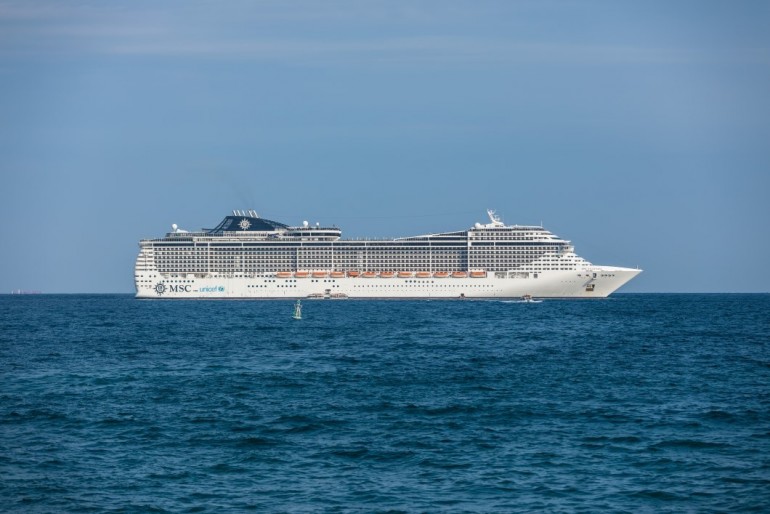Sponsored Listings:
Oman plans to reduce their dependence on commodities such as oil by diversifying the economy. Tourism in general and cruise tourism in particular play a special role in the country.
According to official statistics, 3.2 million international visitors came to Oman last year. Just over one million international tourists came to the Sultanate of Oman.
Tourism in the country has only been developing since the late 1980s. At that time, the sultanate slowly opened itself internationally. Previously, only businessmen or relatives of foreigners who worked here were allowed to enter the country. The country had a poor infrastructure. There were only about seven kilometers of asphalt road and a small airport in Muscat. This has changed since the beginning of the 1970s.
Most international tourists arriving in the country are from Asia and other Gulf countries, but also from Europe, especially the UK, Germany, Austria, Switzerland, and Italy.
In November 2004, the first mega cruiser docked in Muscat. It was “AIDA”. More giant ships like “Costa”, “Brilliance of the Sea” etc. followed after. For a few years, Oman has been part of the Cruise Arabia Alliance. This is an association of various Gulf states with the aim of promoting cruise tourism. Dubai and Abu Dhabi are mostly the arrival or destination ports.
Last year, about 200,000 cruise tourists came to Oman, most of them Europeans. This is of course a small proportion compared to the total number of tourists. There are three ports: Khasab, Muscat and Salalah. Often, mega-ship journeys begin in Dubai, then follow to Muscat, Bahrain and Abu Dhabi and back. Travelling by cruise ship is very convenient, during a few days the travelers see numerous attractions. Moreover, cruise ships these days are like floating cities, with shopping centers, bars, restaurants etc. on board.
Regarding the income from cruise tourism, there is still no official data. The goal is to increase the number of tourists, including cruise tourists. Linked to this is the hope that cruise tourists will one day travel to Oman for longer time.
The problem is that cruise tourists spend very little. For example, in the market district of Muttrah, 40% of 675 asked tourists said they did not buy anything. The rest spent less than 30 euros. Local or old-established dealers repeatedly said that especially the cruise tourists do not shop much and only observe. It is different when they spend the day, for example in Abu Dhabi or Dubai.

Unfortunately, there is also another, not positive side of general mass cruise tourism. Ships contribute significantly to the acidification of the oceans and thus to damage to the ecosystem. Countries aim to promote wastewater management, destination port partnerships and environmental education among sellers as well.
In the US, a Clean Cruise Ship act was launched in 2004 by congress, but never adopted. There are locals all over the world, especially from small destinations who are fighting back against the big cruise liners and their environmental impact. However, cruise companies and their marketing are very powerful worldwide and play down the threats to the seas and people.
Is there any ecological alternative to cruise tourism? Slower and more regional travel would certainly be better for the environment and socially acceptable for the country and its people. Oman is taking some minor steps to more sustainable cruise tourism.
For example, the fees for cruise ships were increased last year, but cruise tourists still do not have to pay a visa fee. It is free for them to enter Oman, compared to other international tourists. This should also be unified.
Moreover, it would be socially acceptable to introduce a quota for cruise ships and tourists, as in other small destinations such as the Seychelles or Santorini. Destinations should learn from each other and create common rules.
Source: tourism-review.com










